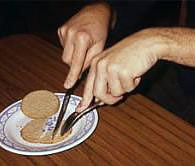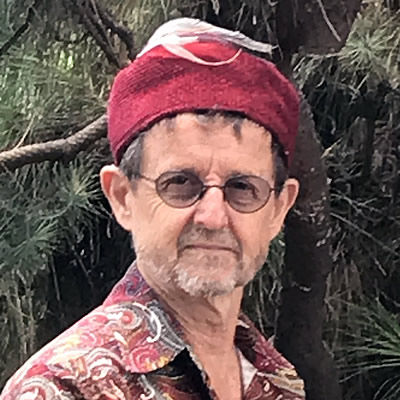Analysis and Retraining of Upper Limb Function:
An introduction (online)

Is there evidence to support the routine use of functional electrical stimulation (FES) after stroke to reduce shoulder subluxation and elicit muscle recovery?

Is there evidence to support the use of prolonged low-load stretches or splints for the prevention of muscle contracture after stroke?

What evidence is there for eliciting muscle activity in paralysed muscles?
This online workshop is shorter than the 3-day face-to-face workshop, and helps therapists to minimise upper limb impairments post-stroke, and increase engagement in activities.
Workshop notes and content are based on published research and movement science/motor relearning.
The ONLINE workshop is typically run over 3 sessions (3 x 4 hours) and accepts up to 30 registrants
Target audience
The online workshop will be of interest to occupational therapists and physiotherapists from hospital and community-based settings as well as allied health assistants, who teach adults following stroke and acquired brain impairment, and university lecturers. The workshop focuses on upper limb rehabilitation post-stroke.
Pre-reading and homework
will be provided in advance to participants
Learning Objectives
At the end of the workshop, participants will be able to:
Name
the essential components of reach, grasp and manipulation.
Recognise
common compensations when observing when observing stroke survivors attempting to reach, grasp and manipulate objects.
Minimise
compensatory strategies, kinematic deviations and effort during upper limb assessment and retraining.
Plan and conduct
an assessment and retraining session with a stroke survivor using motor learning principles and task-specific practice.
Use
an electrical stimulation machine to stimulate paralysed muscles.
Cite
references supporting the use of task-specific training, strength training, constraint-induced movement therapy (CIMT), mental practice, electrical stimulation and mirror therapy for improving motor recovery and coordination.
Presenters
Workshop Timetable
| Part 1 |
|---|
| Movement Analysis, 4-hrs: Examples of features to observe when a person reaches to grasp and manipulate objects such as a cup or cutlery. Common compensations or kinematic deviations will be highlighted due to weakness and/or loss of coordination, using slow motion video analysis. |
| Part 2 |
|---|
| Retraining for People who are Very Weak, 4-hrs: Examples of strength and task-specific training of the shoulder, arm and hand, which stroke survivors can practice independently including shoulder protraction, forward flexion, external rotation, wrist and finger extension, supination and thumb abduction. Interventions for eliciting movement will include mirror therapy, mental practice and electrical stimulation. Emphasis will be placed on semi-supervised and independent practice, enabling up to 300 repetitions per hour without manual guidance. Evidence will be presented supporting each intervention. |
| Part 3 |
|---|
| Retraining Advanced Hand Coordination, 4-hrs: Examples will be presented targeting tasks of importance to stroke survivors including cutlery use, handwriting and haircare. Interventions will include task-specific training, mirror therapy, electrical stimulation, mental practice and constraint-induced movement therapy. Evidence will be presented supporting each intervention. |




